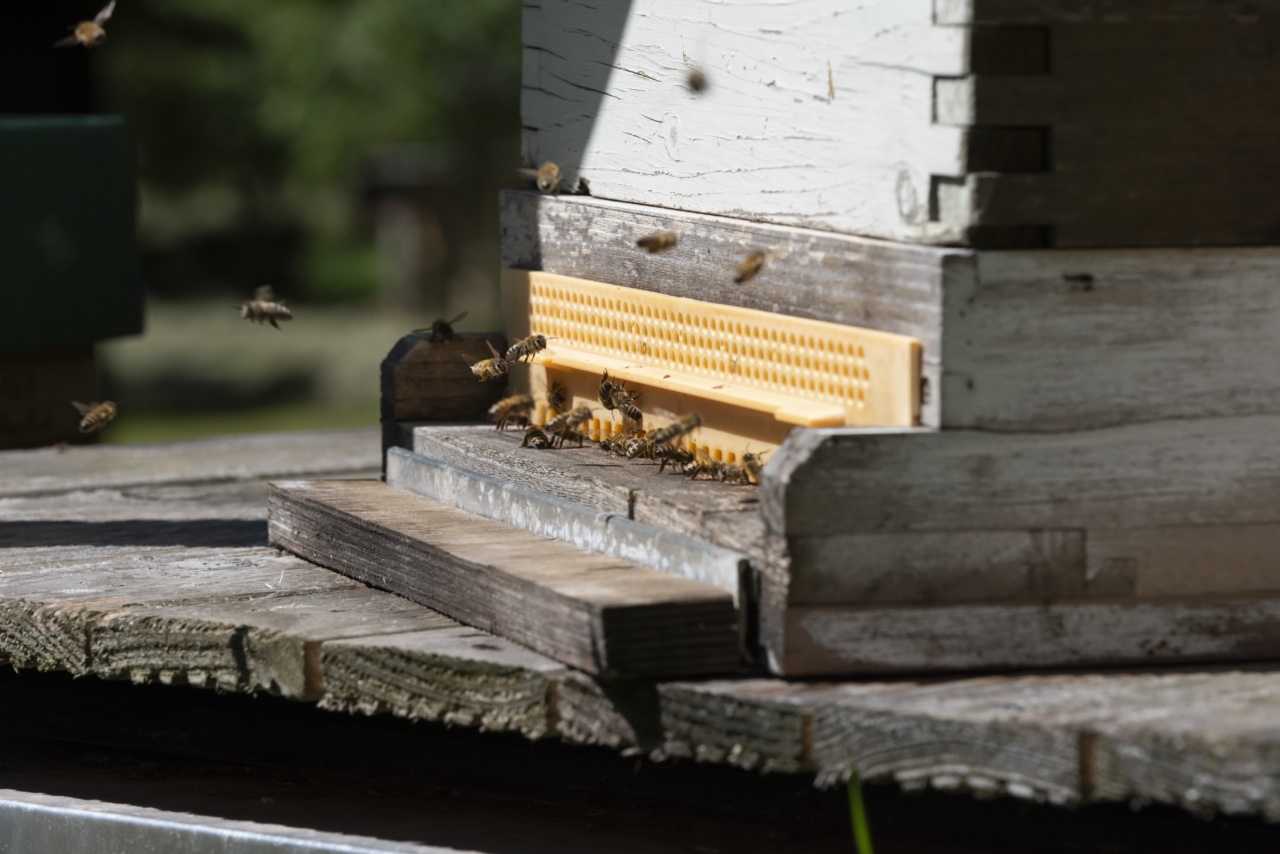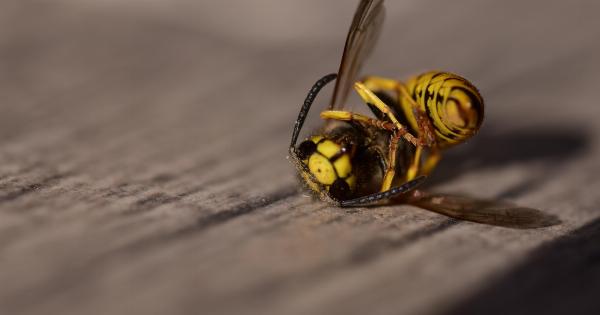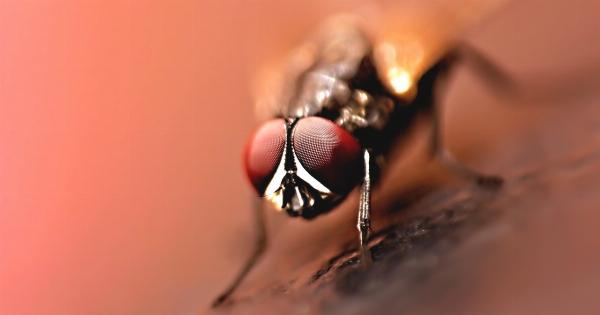Stinging insects such as bees, wasps, and hornets are a common sight in many areas. These insects can be useful for pollination and controlling other pests, but they can also be dangerous, especially if you are allergic to their venom.
If you happen to spot a stinging insect nest near your home or workplace, it is important to handle the situation carefully and dispose of the insects properly. In this article, we will discuss how to properly dispose of stinging insects.
Identifying Stinging Insects
The first step in dealing with stinging insects is to identify them correctly. Bees, wasps, and hornets have different characteristics that can help you distinguish between them.
Bees
Bees are usually fuzzy and have rounder bodies than wasps or hornets. They are typically smaller than wasps and have black and yellow or black and brown stripes on their bodies.
Bees are not typically aggressive unless provoked, and they die after stinging once.
Wasps
Wasps are sleeker and shinier than bees, and they have longer bodies and legs. They are usually black, brown, or yellow, and they have thin waists.
Wasps can be aggressive and can sting multiple times, which can be dangerous for people who are allergic to their venom.
Hornets
Hornets are the largest of the stinging insects, with bodies up to 2 inches long. They have black and white or black and yellow stripes on their bodies, and their wings are longer than bees or wasps.
Hornets can be very aggressive and will sting multiple times if provoked.
When to Call a Professional
If you discover a stinging insect nest on your property, you may be tempted to take care of the problem yourself. However, it is important to know when to call in a professional pest control company.
If the nest is large or located in a difficult-to-reach area, it is best to call in a professional to avoid injury or damage to your property. Additionally, if you or anyone in your household is allergic to stinging insect venom, it is important to call a professional to avoid a potentially life-threatening situation.
How to Dispose of Bees
If you discover a swarm of bees on your property, the first step is to avoid disturbing them. Bees will usually move on if they are left alone, but if they have built a hive or nest, it may be necessary to have it removed.
To safely dispose of bees, follow these steps:.
Step 1: Determine the Location of the Nest
If you see a swarm of bees but cannot locate the hive or nest, it may be best to contact a professional beekeeper or pest control company. If you can easily locate the nest, mark the spot with a piece of tape or chalk.
Step 2: Dress for Protection
Protective clothing is essential when dealing with bees. Wear a long-sleeved shirt, pants, gloves, and a hat with a veil to avoid getting stung. Be sure to seal your clothing around your wrists and ankles to prevent bees from getting inside.
Step 3: Prepare the Area
Before approaching the nest, make sure the area is clear of people and pets. Cover nearby plants and decorate with a cloth to prevent any bees from escaping during the removal process.
Step 4: Remove the Nest
There are several methods to remove a bee nest, depending on its size and location. A professional beekeeper or pest control company can remove the nest safely and humanely.
How to Dispose of Wasps
Unlike bees, wasps do not die after stinging, which makes them more dangerous to humans. If you discover a wasp nest on your property, follow these steps to dispose of it safely:.
Step 1: Identify the Type of Wasp
There are several types of wasps, and some are more aggressive than others. The most common types of wasps are paper wasps, yellow jackets, and hornets.
It is important to identify the type of wasp you are dealing with to determine the best method of removal.
Step 2: Dress for Protection
Wear protective clothing when removing a wasp nest. Dress in long sleeves, pants, gloves, and a hat with a veil. Make sure to seal your clothing around your wrists and ankles to prevent wasps from getting inside.
Step 3: Prepare the Area
Clear the area of people and pets before attempting to remove the nest. Cover nearby plants and decorations with a cloth to prevent any wasps from escaping during the removal process.
Step 4: Remove the Nest
There are several methods to remove a wasp nest, depending on its size and location. If the nest is small and located in an accessible area, you can use a long-handled tool such as a broom or rake to knock it down.
However, if the nest is large or located in a difficult-to-reach area, it may be best to call in a professional pest control company.
How to Dispose of Hornets
Hornets are the largest, most aggressive stinging insects and can be dangerous to handle. If you discover a hornet nest on your property, follow these steps to dispose of it safely:.
Step 1: Identify the Location of the Nest
If you see a hornet nest but cannot locate the actual nest, it may be best to call a professional pest control company. If you can locate the nest, mark the spot with a piece of tape or chalk.
Step 2: Dress for Protection
Wear protective clothing when dealing with a hornet nest. Dress in long sleeves, pants, gloves, and a hat with a veil. Seal your clothing around your wrists and ankles to prevent hornets from getting inside.
Step 3: Prepare the Area
Clear the area of people and pets before attempting to remove the nest. Cover nearby plants and decorations with a cloth to prevent any hornets from escaping during the removal process.
Step 4: Remove the Nest
It is best to call in a professional pest control company to remove a hornet nest. Attempting to remove the nest yourself can be dangerous, especially if the nest is large or located in a difficult-to-reach area.
Conclusion
In conclusion, stinging insects can be a nuisance and a danger, but there are ways to handle them safely and dispose of them properly. Always wear protective clothing and follow the steps outlined above when dealing with bees, wasps, or hornets.
If you are unsure how to remove a stinging insect nest safely, it is best to call in a professional pest control company to avoid injury or damage to your property.






























